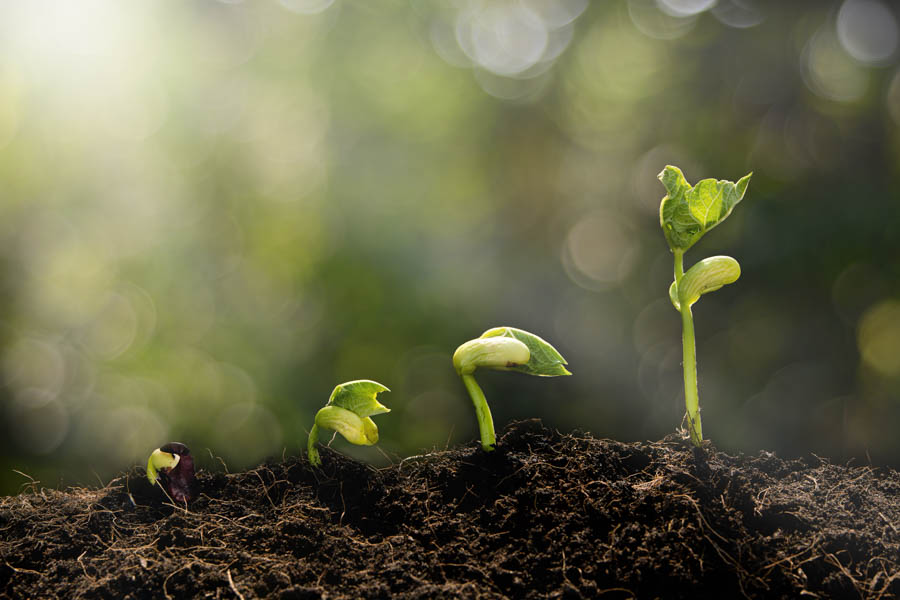Pole Beans and Soil: pH, Fertility,Types and Textures

For best germination, health, and yields, beans require reasonable soil fertility, good soil structure with moderate organic matter, moist soil with good drainage, low salinity, and slight-to-moderate acidity, ideally with pH levels between 6.0 and 6.5. Beans can thrive in a range of soil types and textures; some types tolerate slight-to-moderate alkalinity up to a pH of about 7.5.
Bean plants tend to have shallow, spread-out root systems so it’s important that upper soil layers are kept moist and fertile until deeper root systems can develop as a result of less-frequent, deeper watering.
Careful attention and management may be necessary to ensure adequate drainage and aeration when growing beans in the clay soils that are common in your zone. Bean seedlings require ample soil oxygen for healthy root growth. Oxygen is displaced and quickly depleted in wet soils, which also creates conditions that encourage common bean diseases.
Beans are intolerant of highly acidic soils, high alkalinity, high salinity, compaction, and wet soils; and may become chlorotic, be slow-growing, develop yellowing or discolored leaves, produce minimal-to-no harvest, and otherwise underperform under these conditions.
Beans are light-to-moderate feeders, and are recommended for seasonal or annual rotation with heavier feeders such as tomatoes and squash. Avoid planting beans in the same soil or beds more often than once every 2 to 3 years to reduce concentrations of pests and diseases.
GardenZeus has customized growing information for pole bean by zip code. To get started, enter your zip code here.
Other articles of interest:
5 Tips for Using and Storing Green Beans